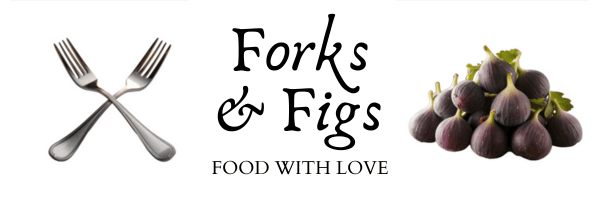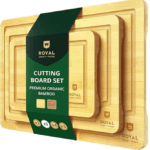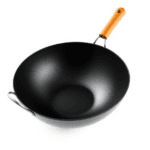Chinese Pork Lo Mein Recipe
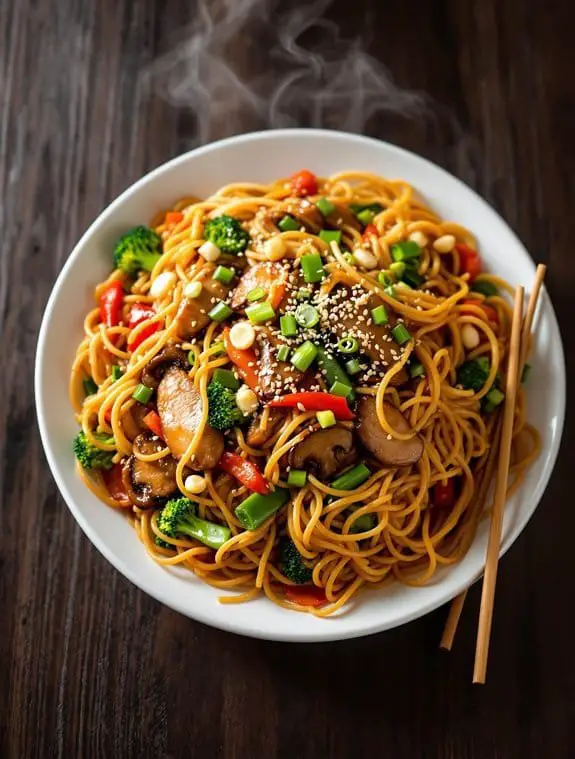
I’m convinced that lo mein is the ultimate comfort food disguised as takeout, and this Chinese pork lo mein proves my point perfectly. You know that moment when you’re craving something satisfying but don’t want to spend an hour in the kitchen or wait forty minutes for delivery? This recipe hits that sweet spot between quick weeknight dinner and restaurant-quality flavor, plus I’ll share the one ingredient swap that makes all the difference.
Why You’ll Love this Chinese Pork Lo Mein
When you’re craving takeout but want something homemade, this pork lo mein hits all the right notes without breaking your budget or your schedule.
I love how tender pork mingles with crisp vegetables and silky noodles in one satisfying bowl. The sauce strikes that perfect sweet-savory balance that makes you want to lick the plate, though I won’t judge if you actually do.
What really wins me over is the flexibility. Got leftover vegetables lurking in your fridge? Toss them in.
This recipe welcomes improvisation like an old friend.
What Ingredients are in Chinese Pork Lo Mein?
This pork lo mein brings together a beautiful symphony of ingredients that work in perfect harmony. You’ll need tender pork, fresh vegetables, and those wonderfully chewy noodles that make lo mein so irresistible.
The beauty of this dish lies in its simplicity – most ingredients are probably sitting in your pantry or are easily found at any grocery store. No need to hunt down exotic ingredients or spend a fortune on specialty items.
Ingredients:
- 1 1/2 pounds pork tenderloin, thinly sliced
- 3 tablespoons sesame oil
- 1/3 cup reduced sodium soy sauce
- 1/4 cup brown sugar
- 2 tablespoons oyster sauce
- 1-2 tablespoons chili sauce (optional)
- 2 teaspoons cornstarch
- 8 ounces lo mein noodles
- 1 red bell pepper, thinly sliced
- 8 ounces mushrooms, sliced
- 2 carrots, julienned
- 2 cups broccoli florets
- 1 cup snow peas
- 8 ounces drained water chestnuts
- Scallions and sesame seeds for garnish
A Few Things Worth Knowing
Pork tenderloin is my go-to choice here because it stays incredibly tender when sliced thin and cooks quickly. You want those paper-thin slices that practically melt in your mouth, so don’t be shy with the knife work.
If you can’t find actual lo mein noodles at your store, linguine makes a surprisingly good substitute. Fresh noodles are amazing if you can get them, but dried works just fine. The key isn’t to overcook them – you want that perfect chewy texture that holds up to all the tossing and stirring.
The vegetable lineup is flexible, which I absolutely love. Can’t find snow peas? Sugar snap peas work beautifully.
No water chestnuts? More mushrooms it is. This recipe practically begs you to clean out your vegetable drawer, and honestly, it’ll taste fantastic no matter what combination you throw at it.
How to Make this Chinese Pork Lo Mein
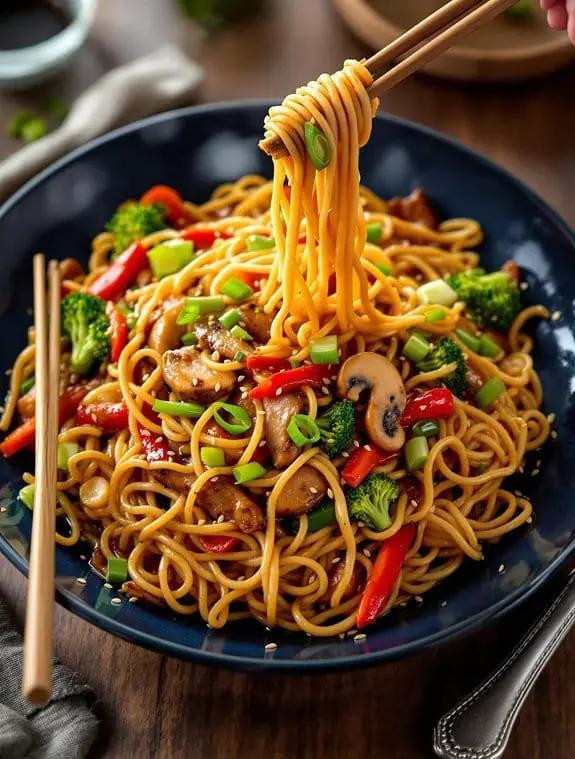
Here’s where things get colorful. In that same pan, toss in your 1 red bell pepper, 8 ounces of mushrooms, 2 julienned carrots, 2 cups of broccoli florets, 1 cup of snow peas, and 8 ounces of drained water chestnuts.
The goal is tender-crisp vegetables, which means they should still have some bite but not taste raw. This usually takes about 4-5 minutes of constant stirring, but every stove is different.
Time for the reunion. Add that cooked pork back to the pan along with your drained noodles and 2 tablespoons of oyster sauce.
This is when everything comes together and your kitchen starts smelling like your favorite Chinese restaurant. Toss everything together until it’s heated through and every strand of noodle is coated in that glossy, savory sauce.
The final touch is pure eye candy – scatter those scallions and sesame seeds on top. They add just the right amount of fresh crunch to balance all those tender, saucy components.
Plus, let’s be honest, we eat with our eyes first, and this dish knows how to make an entrance.
Chinese Pork Lo Mein Substitutions and Variations
Now that you’ve mastered the classic version, let’s talk about how flexible this recipe really is.
I swap chicken thighs for pork when I’m feeling predictable. Beef strips work too, though they need extra soy sauce love.
Can’t find lo mein noodles? Linguine saves the day every time. Even spaghetti works in a pinch.
Vegetables are where I get creative. Snap peas replace snow peas, zucchini sneaks in beautifully, and baby corn adds crunch. No broccoli? Try bok choy or cabbage.
For sauce variations, I’ll add garlic-chili sauce for heat or hoisin for sweetness. Rice wine vinegar brightens everything up wonderfully.
What to Serve with Chinese Pork Lo Mein
While pork lo mein makes a satisfying meal on its own, I like pairing it with lighter sides that won’t compete with those bold, savory flavors.
Crispy egg rolls or pot stickers work beautifully—they add texture without overwhelming your palate. I’m also a fan of simple cucumber salad dressed with rice vinegar, which cuts through the richness perfectly.
Hot and sour soup makes an excellent starter, warming you up before diving into those noodles. For something invigorating, try steamed dumplings or fresh spring rolls.
Want to keep things simple? Just serve some steamed jasmine rice alongside for anyone who wants extra carbs.
Final Thoughts
Making pork lo mein at home isn’t just about saving money on takeout—though that’s certainly a nice bonus.
You’re also getting complete control over what goes into your bowl, which means fresher vegetables, better quality pork, and the perfect spice level for your taste buds.
I love how customizable this dish becomes once you master the basic technique.
Feel free to swap vegetables based on what’s in your fridge, adjust the sauce to your liking, or even substitute chicken or beef for the pork.
That’s the beauty of homemade lo mein—it’s yours.

Pork Lo Mein
Ingredients
For the Pork Marinade:
- 1 1/2 pounds pork tenderloin thinly sliced
- 1/3 cup reduced sodium soy sauce
- 1/4 cup brown sugar
- 2 tsp cornstarch
- 1-2 tbsp chili sauce optional
For the Lo Mein:
- 8 oz lo mein noodles
- 3 tbsp sesame oil
- 1 red bell pepper thinly sliced
- 8 oz mushrooms sliced
- 2 carrots julienned
- 2 cups broccoli florets
- 1 cup snow peas
- 8 oz drained water chestnuts
- 2 tbsp oyster sauce
- Scallions and sesame seeds for garnish
Instructions
- Marinate the pork slices with soy sauce, brown sugar, cornstarch, and chili sauce in a bowl for at least 15 minutes.
- Cook lo mein noodles according to package directions until al dente. Drain and set aside.
- Heat sesame oil in a large wok or skillet over medium-high heat. Add marinated pork and stir-fry until just cooked through, about 3-4 minutes. Remove pork and set aside.
- In the same pan, stir-fry the bell pepper, mushrooms, carrots, broccoli, and snow peas until tender-crisp, about 4-5 minutes.
- Add water chestnuts to the vegetables and stir-fry for another minute.
- Return the cooked pork and noodles to the pan. Add oyster sauce and toss everything together until well combined and heated through, about 2-3 minutes.
- Garnish with sliced scallions and sesame seeds before serving.
Notes
Nutrition
Frequently Asked Questions
Can I Make This Pork Lo Mein Recipe Ahead of Time?
I don’t recommend making this dish completely ahead since the noodles become mushy when reheated. However, I can prep the vegetables and marinate the pork beforehand for quicker assembly.
How Long Does Leftover Pork Lo Mein Stay Fresh in the Refrigerator?
I’d recommend storing leftover pork lo mein in the refrigerator for up to 3-4 days maximum. I always use airtight containers to maintain freshness and reheat thoroughly before serving again.
What’s the Difference Between Lo Mein and Chow Mein Noodles?
I’ll explain the key difference: lo mein noodles are soft and boiled, then tossed with ingredients. Chow mein noodles are stir-fried until crispy or semi-crispy, creating different textures entirely.
Can I Freeze Cooked Pork Lo Mein for Meal Prep?
Yes, I can freeze cooked pork lo mein for up to three months. I’ll portion it into containers, let it cool completely first, then thaw overnight and reheat with a splash of water.
Is This Pork Lo Mein Recipe Gluten-Free or Dairy-Free?
This recipe isn’t gluten-free because it contains soy sauce and oyster sauce, which typically have wheat. It’s dairy-free though. I’d recommend using tamari and gluten-free oyster sauce for celiac diets.
